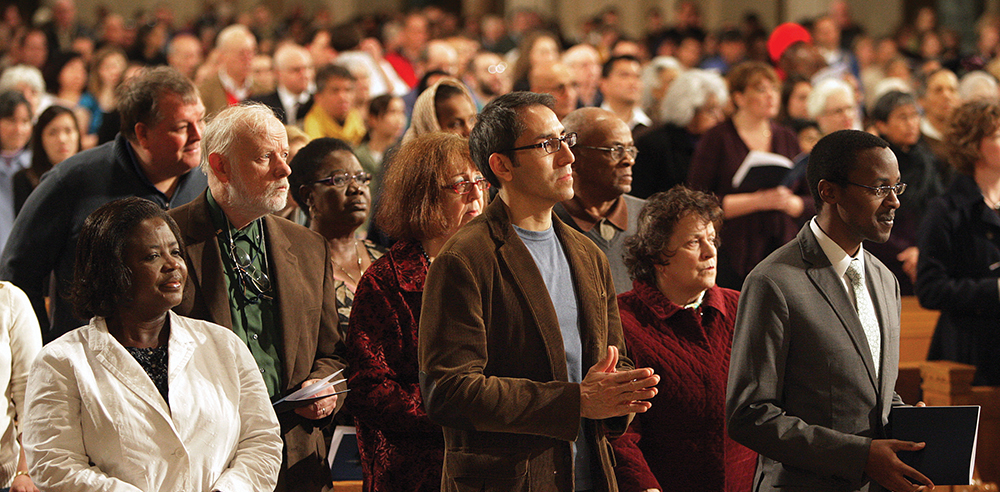A creed is not a catechism and hence we should not expect that every possible truth is set forth in them. Creeds were a feature, primarily, of the early Church and generally were written to clarify Catholic teaching and refute errors of the time.
Most of the disputes at the time the Nicene Creed was written centered on the doctrine of the Holy Trinity, the truth of the Incarnation and, to some degree, matters related to the Church and eschatology (the theology of the last things).
The Apostles’ Creed is older than the Nicene Creed. The doctrine of the death and bodily resurrection of Jesus was disputed by some of the earliest heretics and this is mentioned by St. Paul (see, for example, 1 Cor 15:12). St. John, too, was confronting early forms of Gnosticism and Docetism which denied or doubted the true, physical humanity of Christ, and implicitly that he actually suffered, died and rose (1 Jn 4:1-4). The heresies contended that Christ only “seemed” to do this.
Thus an early creed like the Apostles’ Creed placed emphasis on the actual death of Christ by reminding us that Christ not only died but actually went down among the dead to sheol (also called hades, hell or the limbo of the fathers; see 1 Pt 3:19). As such, Jesus did not merely appear to die; He did in fact die in terms of His human body and went among the dead and preached to them.
In later times, when the Nicene Creed was written, the bodily death of Jesus was less disputed and it was likely deemed necessary to focus on more currently disputed topics as stated above.

